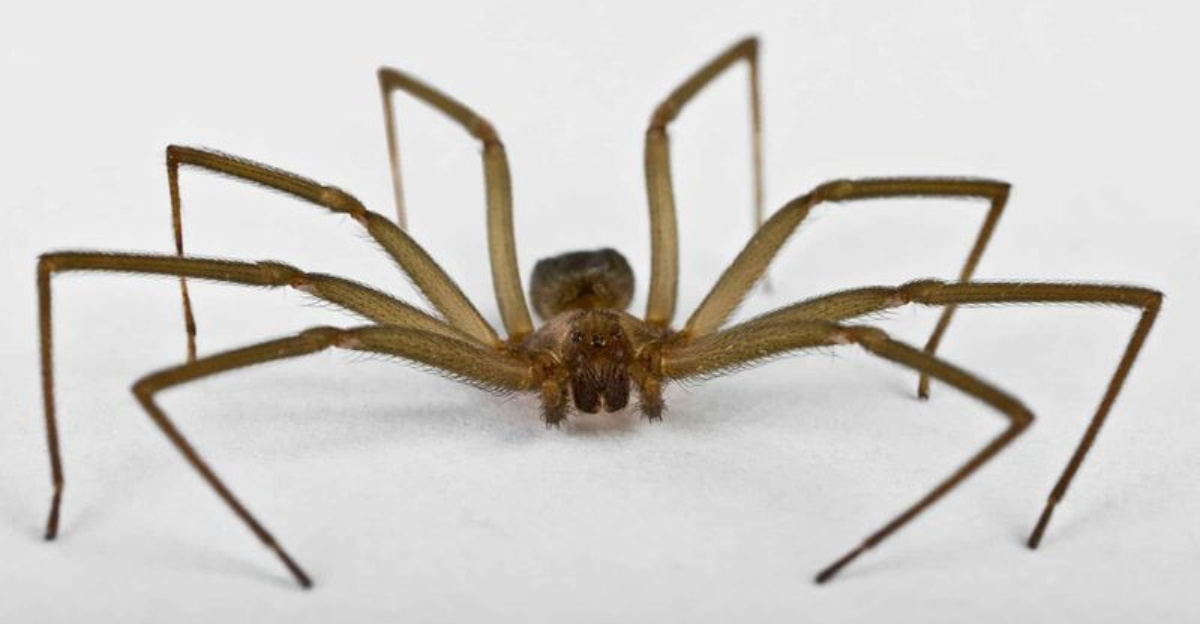When I first heard about brown recluse spiders in Illinois, I was freaked out.
Tales of basements and closets haunted me, making me overly cautious and anxious. But here’s the truth: they’re misunderstood. With the right knowledge, you can avoid unnecessary fear and stay safe.
Let’s cut through the panic and get the facts straight.
Physical Characteristics That Set Brown Recluses Apart
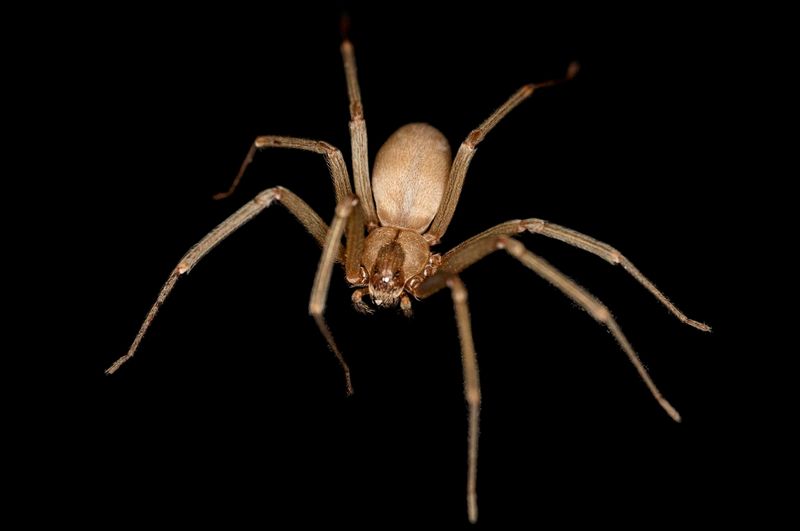
These spiders aren’t the monsters some make them out to be – they’re actually quite small, typically measuring between 1/4 to 1/2 inch in body length.
The telltale feature is their violin-shaped marking on the cephalothorax (the head-chest area), which gives them their nickname “fiddle-back.” Unlike most spiders that have eight eyes, brown recluses only have six eyes arranged in three pairs.
Their coloration ranges from tan to dark brown, with slender legs and a uniformly colored abdomen without stripes or bands.
Many people misidentify harmless spiders as brown recluses due to similar coloring, so knowing these distinct characteristics is crucial.
Common Locations For Brown Recluses In Illinois
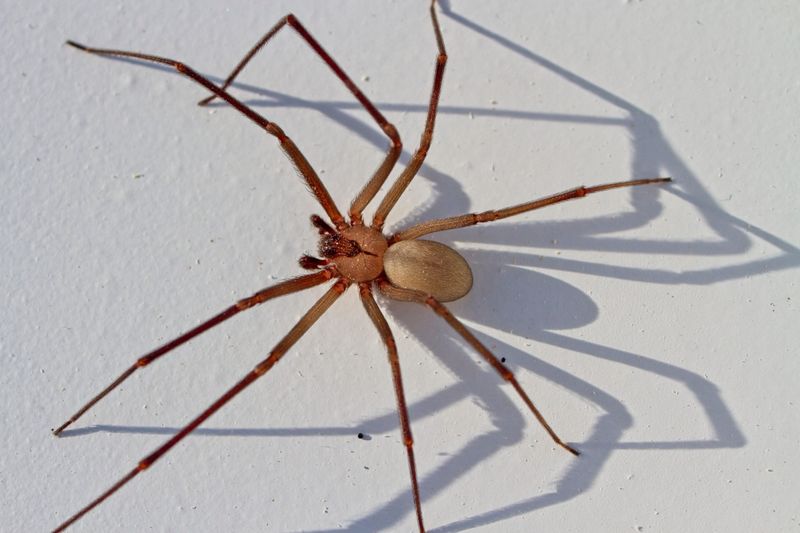
Brown recluses aren’t evenly distributed throughout Illinois.
Most confirmed populations cluster in the southern half of the state, becoming less common as you move north.
These shy creatures prefer undisturbed, dry, and warm areas. Inside homes, they gravitate toward cardboard boxes, cluttered closets, attics, crawl spaces, and seldom-used shoes or clothing. Outside, they hide under woodpiles, rocks, or debris.
Fun fact: Their scientific name, Loxosceles reclusa, reflects their reclusive nature. They’re not aggressive web-builders like other species; instead, they construct irregular, sticky webs in secluded spots.
The Truth About Brown Recluse Bites
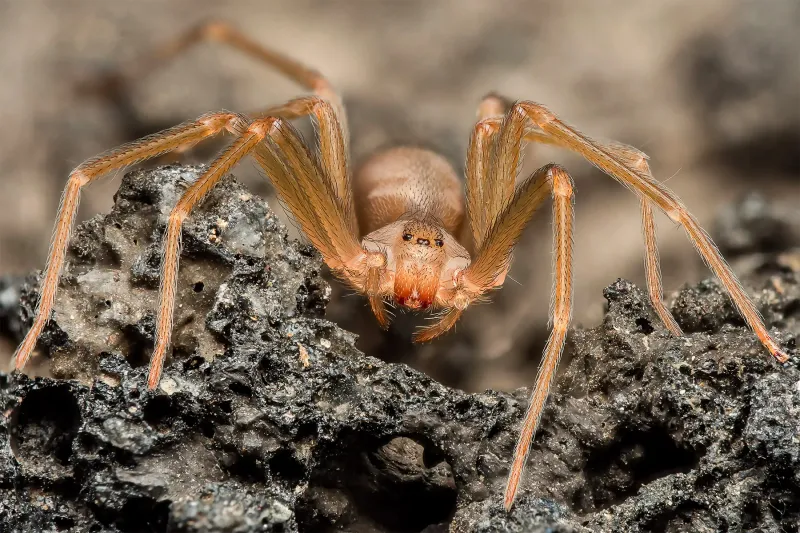
Despite their fearsome reputation, brown recluse spiders rarely bite humans unless threatened or pressed against skin.
Genuine brown recluse bites often go unnoticed initially. The bite site may develop a stinging sensation followed by intense pain within 2-8 hours.
A small white blister typically forms at the center, surrounded by a red ring and then a pale area – creating a “bull’s-eye” appearance.
Contrary to popular belief, most bites heal without serious complications. However, some can develop into necrotic lesions that require medical attention.
Warning Signs Of A Brown Recluse Infestation

Spotting actual spiders is the most obvious sign of an infestation.
Last fall, I discovered several while unpacking seasonal decorations from storage – a classic encounter scenario! Since brown recluses are nocturnal, you’re more likely to see them when disturbing their hiding spots.
Look for their distinctive irregular webs in undisturbed corners, behind furniture, or inside storage boxes. Unlike the organized webs of other spiders, these appear messy and disorganized.
Shed skins are another telltale sign. As brown recluses grow, they molt and leave behind translucent exoskeletons that resemble pale versions of the spiders themselves.
Finding multiple shed skins suggests an established population requiring professional attention.
Treatment Options If You Suspect An Infestation
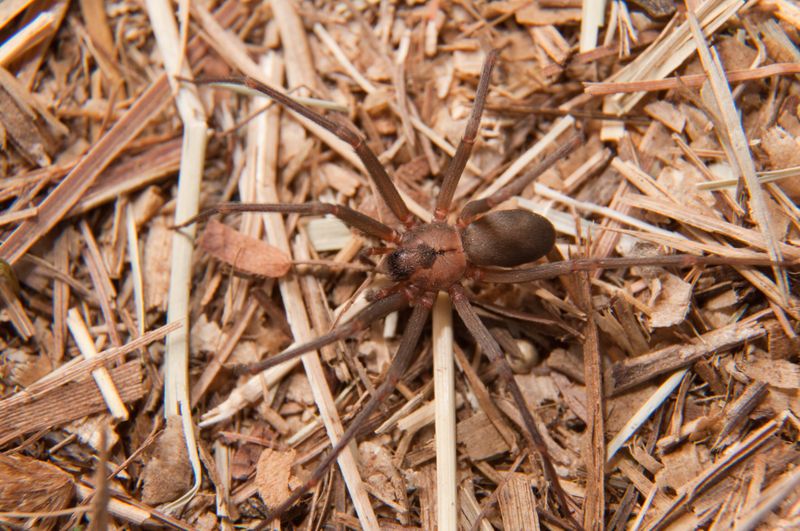
Regular vacuuming of secluded areas, removing clutter, and sealing cracks can reduce spider populations. Sticky traps placed along walls help monitor and catch wandering spiders.
For persistent problems, consider calling professionals. They use specialized insecticides and dust treatments that reach deep into cracks and voids where these spiders hide.
Preventative measures include moving woodpiles away from your home, installing door sweeps, and sealing foundation cracks.
Remember to shake out stored clothing and shoes before wearing them, especially items kept in basements or attics.
Separating Myths From Facts About Illinois Brown Recluses
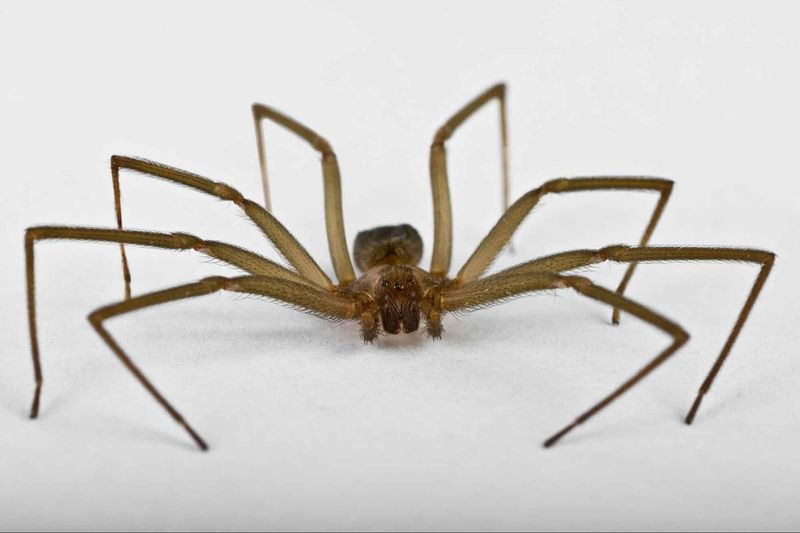
The biggest myth I’ve encountered? That brown recluses are everywhere in Illinois! Reality check: confirmed populations exist primarily in southern counties, with sporadic findings in central regions. Northern Illinois rarely has established populations.
Another misconception is that every small brown spider is a recluse. Wolf spiders, grass spiders, and house spiders are commonly misidentified as the more dangerous recluse. Remember the violin marking and six-eye pattern for proper identification.
Many people believe all brown recluse bites lead to severe consequences. While their venom can cause necrosis, approximately 90% of bites heal without serious complications.
The elderly, children, and those with compromised immune systems face higher risks of severe reactions.
Key Points To Remember For Peace Of Mind
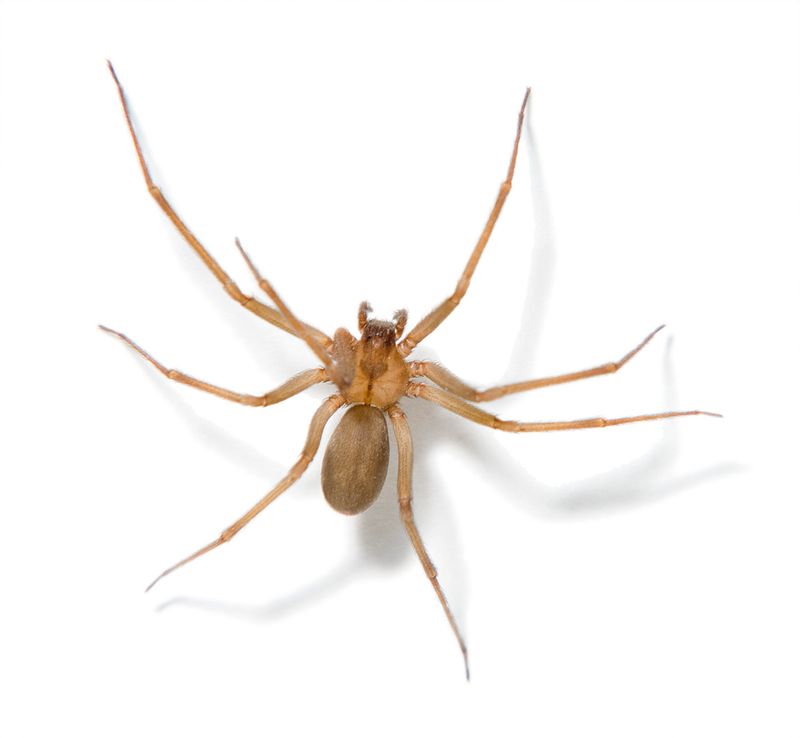
Brown recluses aren’t out to get you! These shy creatures prefer avoiding human contact whenever possible.
Simple habits can dramatically reduce your risk. Shake out stored clothing and shoes before wearing, wear gloves when handling items from storage, reduce clutter in basements and attics, and seal cracks around your home’s foundation.
I keep sealed plastic storage containers rather than cardboard boxes for seasonal items.
If bitten, remain calm and seek medical attention, bringing the spider (if safely captured) for identification. Most importantly, educate yourself using reliable sources like university extension offices rather than alarmist social media posts.
